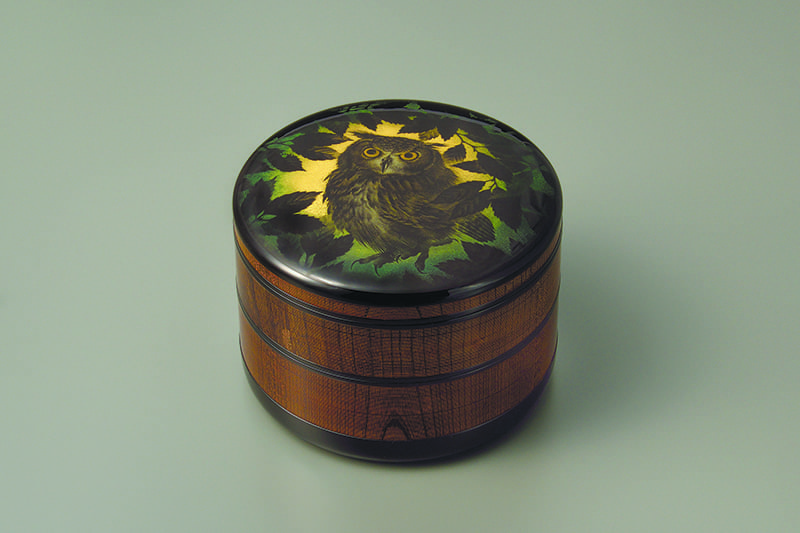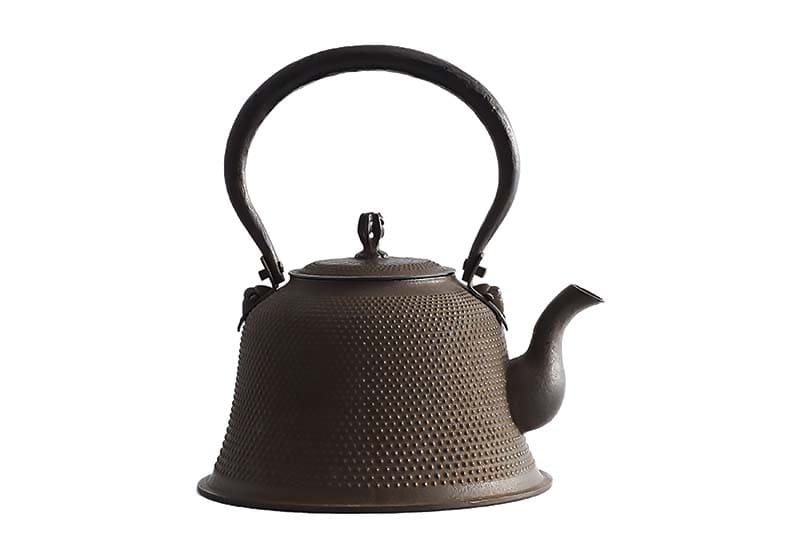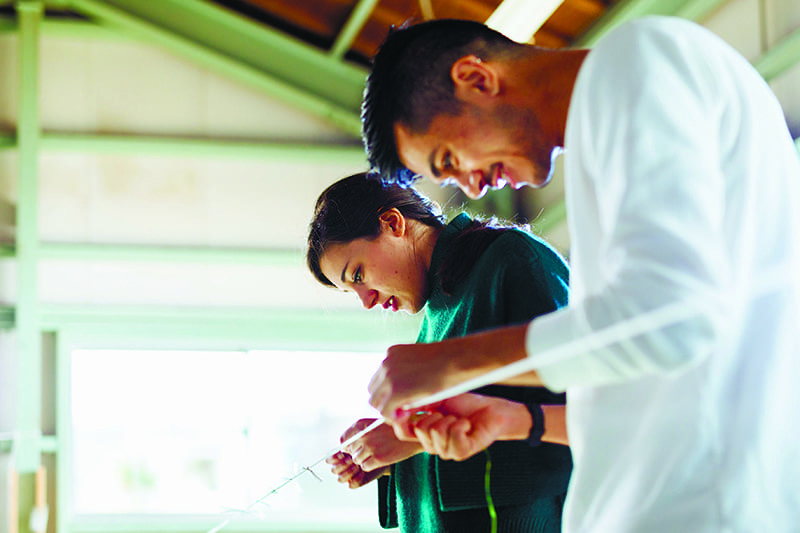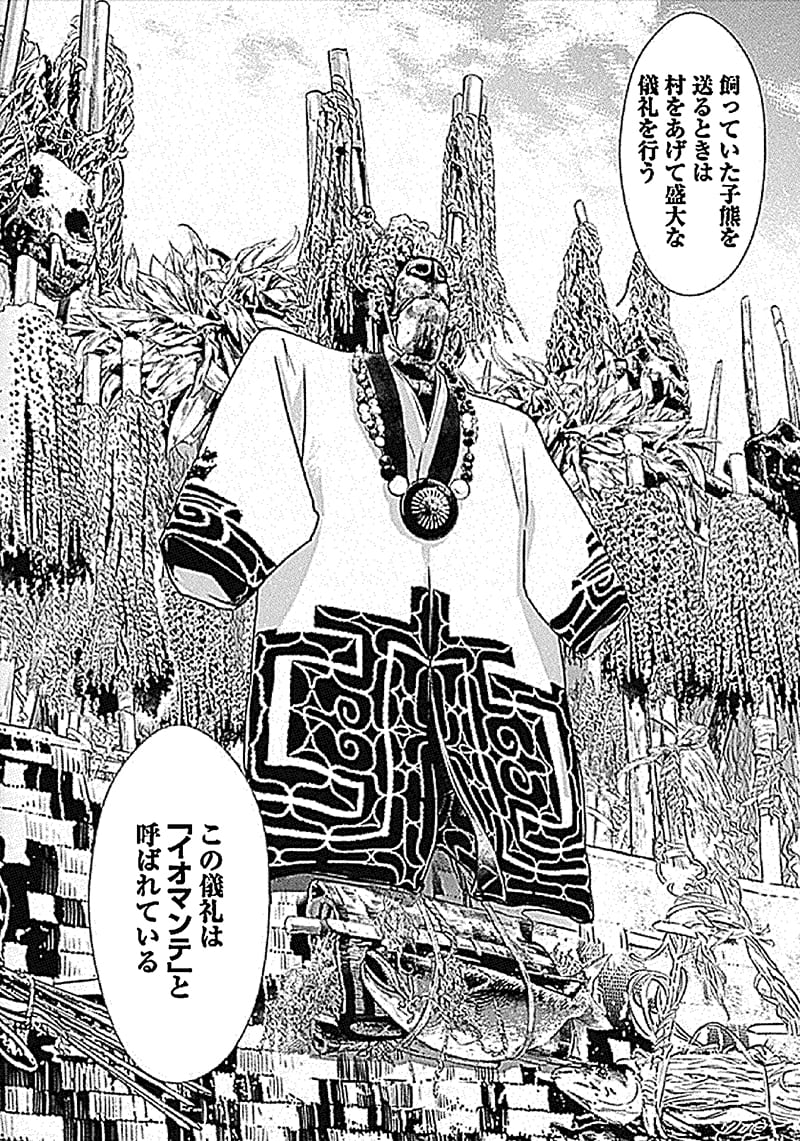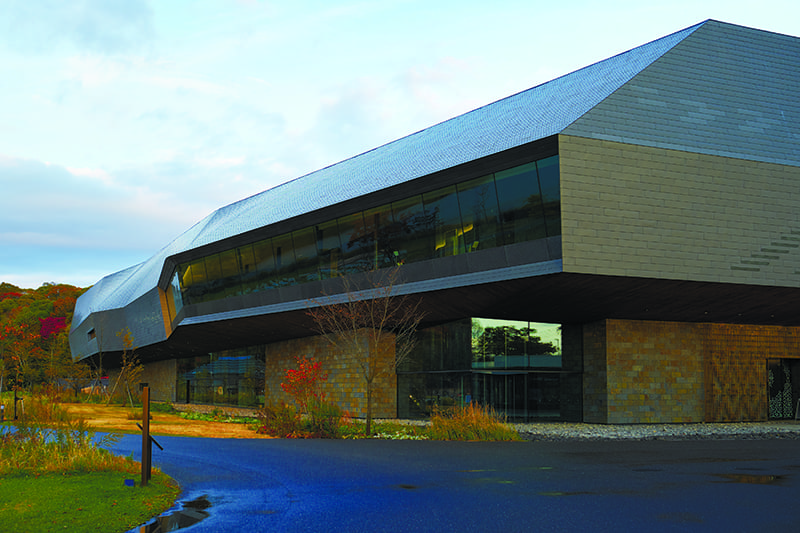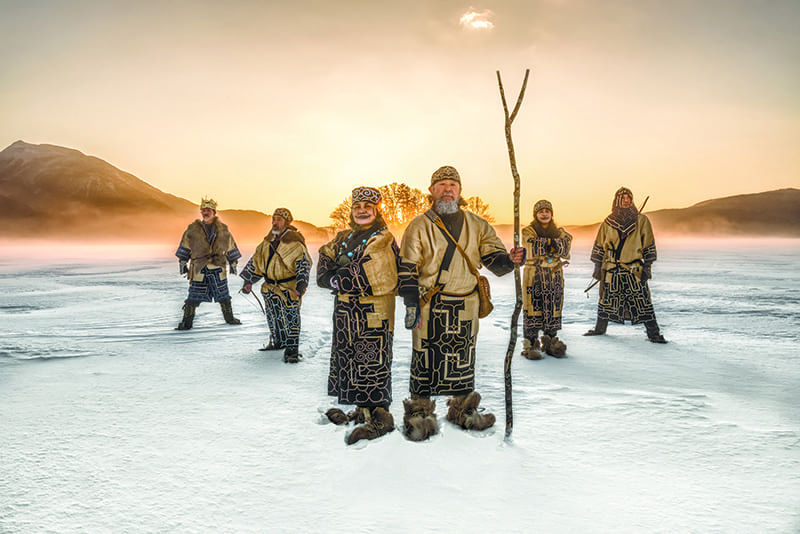November 29, 2021
Woodcarver Kengo Takiguchi keeps Ainu craft traditions alive
CRAFT
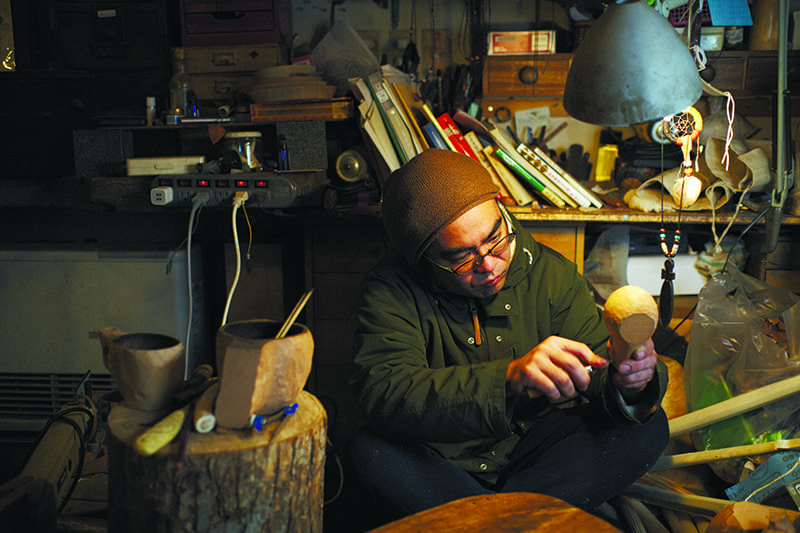
PHOTOS: KOUTAROU WASHIZAKI
Among the Ainu people, it once was customary for boys to learn woodcarving and girls to learn embroidery until they reached adulthood. These beautiful craft products contained unique Ainu patterns representing a person’s family or past events and serving as symbols of personal identity. Today, a number of people are endeavoring to update these distinctive Ainu crafts for the modern age.
One center for their activities is Lake Akan Ainu Kotan, a cultural facility in Kushiro’s Akancho district that is home to a hot spring resort beside a majestic lake. The settlement is built on land donated by the Maeda Ippoen Foundation, which had been engaged in environmental conservation activities in the area since before the war. Intended to safeguard the livelihoods of Ainu people by providing them with a place to build shops and homes, the bequest was a catalyst for Ainu from across Hokkaido to gather in the area, bringing together their knowledge of traditional crafts and dance and launching businesses that have attracted tourists for many years.
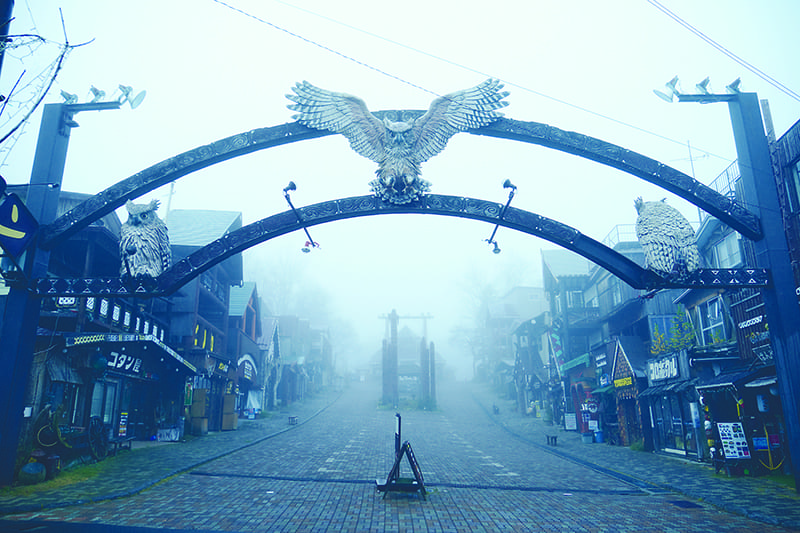
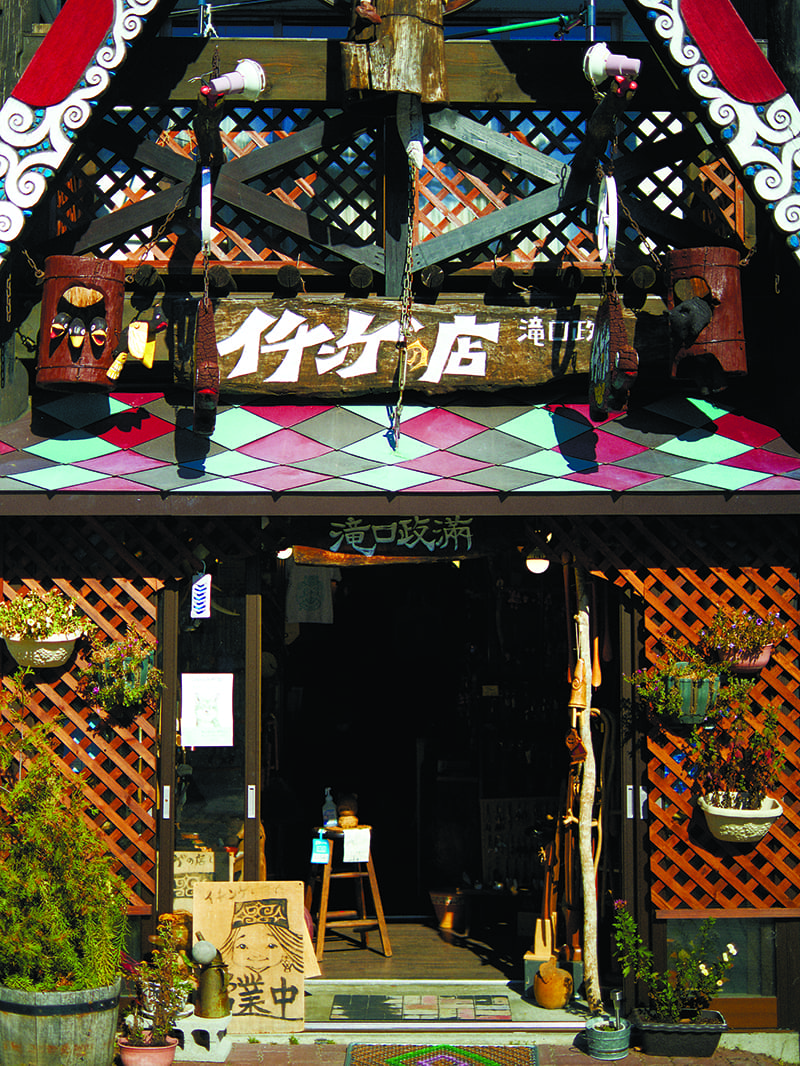
PHOTOS: KOUTAROU WASHIZAKI
Unfortunately, as sales of souvenirs formed the bulk of Ainu people’s incomes, they had difficulty in further expanding their businesses. However, the Ainu Culture Promotion Act in 1997 opened the way for government-funded research and training programs to support individuals seeking to keep the flame of Ainu culture alight for future generations, and various grants were provided to promote Ainu culture. Against this background, the Akancho-based Ainu cultural promotion association Akan Aynu Konsarun launched the Akan Ainu Arts and Crafts Next project in 2020 to raise the profile of Ainu artisans. The initiative promotes collaboration with fashion companies and specialty boutiques within Japan and overseas, aiming to market Ainu craft products as items that appeal to modern sensibilities, without forcing them to fit into rigid traditional molds.
One artist participating in this project is Kengo Takiguchi, the son of an ethnically Japanese woodcarver father and an Ainu mother. Takiguchi works as a guide teaching tourists about Ainu culture, while also pursuing his craft as a woodcarver.
“I’m 39, yet I’m the youngest Ainu artisan in Akan,” Takiguchi said with a smile. In fact, he himself was estranged from Ainu culture for a while after moving to Australia. Under Japan’s almost centurylong assimilation policy, efforts to pass on Ainu culture were suppressed and Ainu people suffered discrimination from surrounding communities. Hardly any Ainu of Takiguchi’s generation took over the mantle of upholding their cultural heritage from their parents.
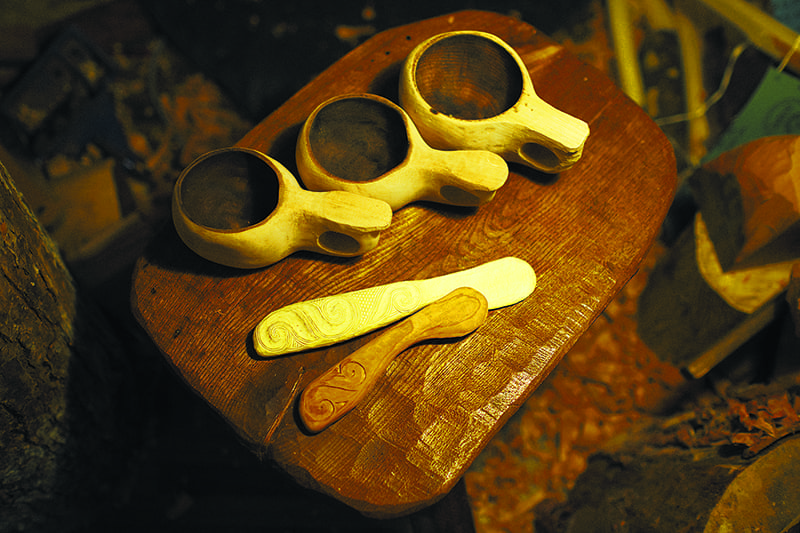
PHOTOS: KOUTAROU WASHIZAKI
“About 10 years ago, my older sister and I went on a journey around Hokkaido,” he said. “I saw a particular Ainu ceremony for the first time during that trip and was astonished to discover quite how attuned to nature our cultural lifestyle had once been. I became painfully aware of knowing nothing about Ainu culture, despite having Ainu blood running through my veins. After that, I began studying Ainu culture, little by little, and also started to go to Ainu woodcarving classes. A key feature of Ainu artisanal manufacturing is that none of the materials are wasted. For instance, unused woodchips generated when carving wood are buried in the soil to be reborn as saplings.”
Takiguchi explains that influences from other cultures are another feature of Ainu crafts: “Ainu engaged in cross-border trade with many other regions, including Japan and Russia, so among our craft products you can see patterns clearly incorporated from other countries. It occurred to me that Ainu traditional culture can be regarded as something constantly changing while remaining faithful to its underlying philosophy of not wasting the products of nature. That’s one reason why I’m now making wooden mugs called kuksa, a traditional craft of the Sami people of Finland. I carve Ainu patterns onto them, and I’m hoping to propose collaborations of this kind with other cultures as a future approach to Ainu culture.”
アイヌ工芸を今に継承する木彫り職人、瀧口健吾。
アイヌでは、成人するまでに男は木彫りを、女は刺繍を習う風習があったという。アイヌ独自の紋様が刻まれた美しい工芸品は、その模様に家族や過去にあった出来事などを表す意味があり、個々人のアイデンティティを示す象徴でもあった。こうしたアイヌの工芸品を、現代にアップデートする動きがある。
作家・瀧口健吾は、木彫り職人だった和人の父とアイヌ人の母を持つ。彼は、アイヌ工芸の特徴として異文化からの影響があると語る。「日本やロシアなど国境を超え多数の地域と交易を行っていたアイヌでは、工芸品に明らかに異国文化を取り入れた紋様が見られます。そう考えると、アイヌの伝統文化とは自然物を無駄にしないという根底の思想を保ちながら、常に変化していくものだとも捉えられる。そういう思いもあって僕はフィンランドのサーミ民族の伝統工芸「ククサ(KUKSA)」呼ばれる木製マグカップを作っています。異国文化とのコラボレーションも、これからのアイヌ文化として提案してきたいです」。
Return to Sustainable Japan Magazine Vol. 6 article list page

